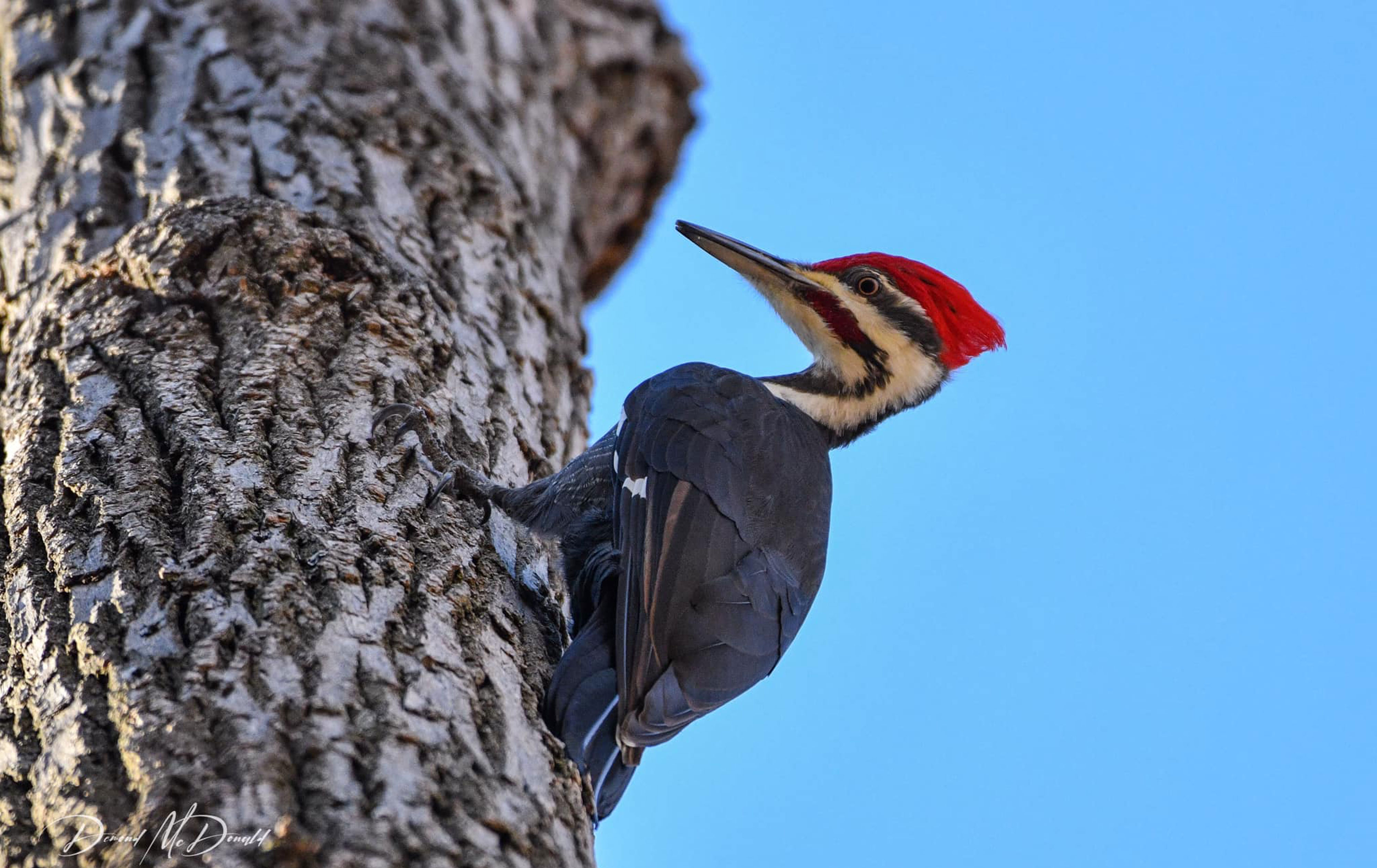Discover the Interesting Globe of Woodpeckers: Every Little Thing You Required to Know
The world of woodpeckers is a realm loaded with distinct behaviors, elaborate adjustments, and a varied selection of species. From their habitats and circulation patterns to their feeding habits and specialized physiological attributes, woodpeckers have actually long astounded the rate of interest of ornithologists and nature lovers alike.
Woodpecker Habitats and Circulation
Woodpeckers occupy a varied variety of settings worldwide, showcasing versatility in their circulation patterns. These durable birds are found in forests, woodlands, savannas, and deserts across different continents, demonstrating their capacity to prosper in different weather problems. In The United States and Canada, for instance, woodpeckers can be identified in both coniferous and deciduous woodlands, using their solid beaks to forage for bugs and produce nesting tooth cavities in trees. Similarly, in Africa, certain woodpecker species have actually adapted to arid atmospheres, such as the acacia forests, where they play a vital function in managing insect populaces.
)
Feeding Behaviors and Diet
Amongst the numerous facets of their behavior, woodpeckers exhibit unique feeding practices and dietary choices. These birds are mostly insectivores, with a diet regimen that consists of ants, beetles, caterpillars, and various other pests located in trees. Woodpeckers utilize their solid beaks to pierce into the bark of trees, probing for insects and larvae concealed underneath the surface area. In addition to pests, woodpeckers likewise take in nuts, seeds, fruits, and sap. Some varieties have specialized tongues with barbed ideas that assist them draw out bugs from holes in wood.
Woodpeckers are recognized for their drumming actions, which offers not just to communicate with other woodpeckers yet additionally dig this to situate food. The quick drumming audio is developed by the bird pecking on resonant surface areas like dead trees or metal poles. This behavior can draw in bugs concealed in the wood, enabling the woodpecker to detect their visibility and feed on them.
Unique Adaptations for Tree Climbing
In their skilled search of insects concealed within tree bark, woodpeckers have developed impressive physiological attributes that furnish them with special adjustments for efficient tree climbing. Woodpeckers have solid neck muscle mass and a special head framework that take in the influence of continuous pecking, allowing them to climb vertically without creating harm to their minds. These adjustments showcase the extraordinary evolutionary style that enables woodpeckers to navigate trees with accuracy and these details efficiency.
Diverse Woodpecker Species Worldwide
With over 200 different species spread throughout different habitats worldwide, the family members of Picidae encompasses a remarkable variety of woodpeckers. These birds can be found in woodlands, forests, savannas, and also metropolitan areas, showcasing their adaptability to various environments. From the legendary Northern Flicker in North America to the vibrant and evasive Crimson-backed Flameback in Asia, each woodpecker species displays distinct attributes in terms of plumage, actions, and habitat choice.
Woodpeckers differ considerably in dimension, with the small Downy Woodpecker gauging around 6-7 inches in size, while the effective Lineated Woodpecker can rise to 17 inches - Woodpeckers in Florida. Their beaks likewise come in different sizes and shapes, mirroring their feeding habits. Some varieties specialize in removing insects from tree bark, like the Acorn Woodpecker, while others, such as the Black-cheeked Woodpecker, eat fruits and seeds

Preservation Efforts and Challenges
Conservation initiatives for woodpecker populaces are critical in reducing the effect of habitat loss and other hazards dealing with these varied avian types. Woodpeckers face numerous obstacles to their survival, largely because of logging, urbanization, environment modification, and intrusive varieties. To resolve these issues, conservation efforts concentrate Look At This on securing and recovering woodpecker habitats, implementing sustainable forestry practices, and elevating awareness regarding the significance of these birds in ecological communities.
One significant obstacle in woodpecker conservation is the fragmentation of their habitats, resulting in separated populations that are a lot more vulnerable to extinction - Woodpeckers in Florida. Guardians work to produce wildlife hallways and shielded areas that link these fragmented habitats, enabling woodpeckers to relocate in between different locations for feeding, breeding, and shelter

Final Thought
In conclusion, woodpeckers are fascinating birds with special adaptations for tree climbing and feeding behaviors. More research and conservation activities are needed to ensure the survival of woodpeckers in the wild.